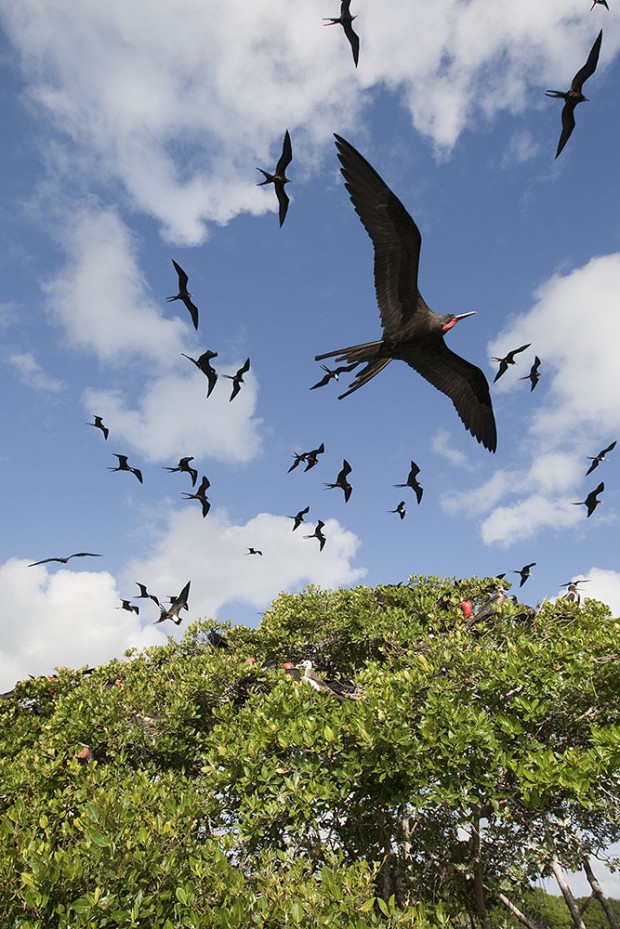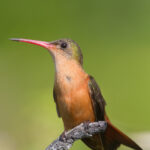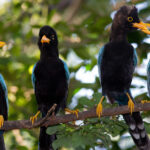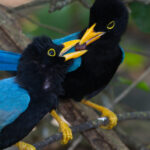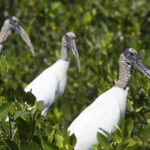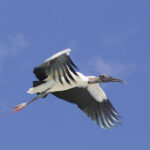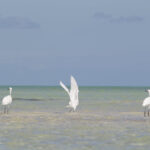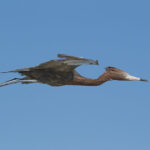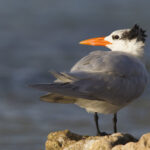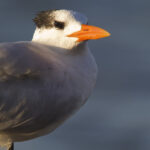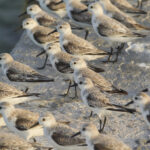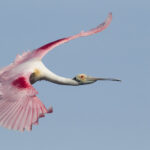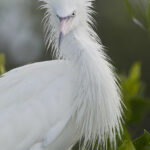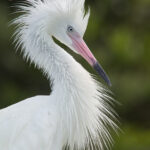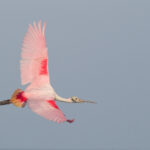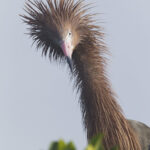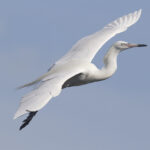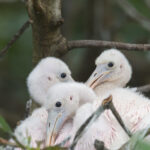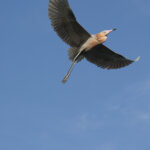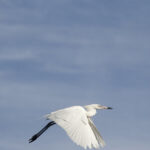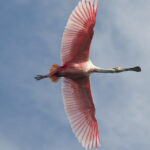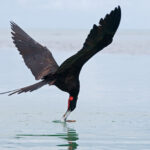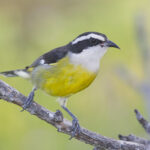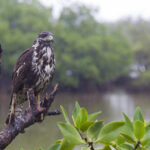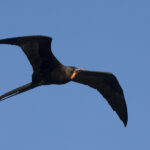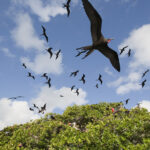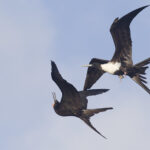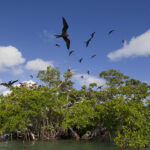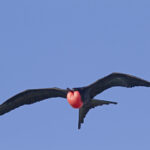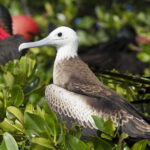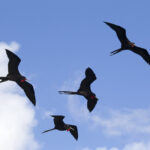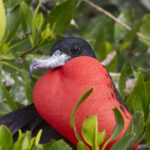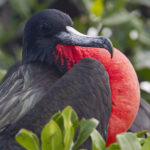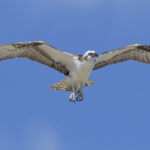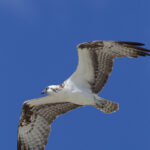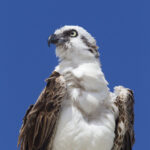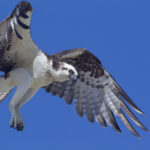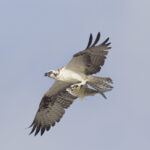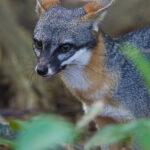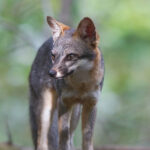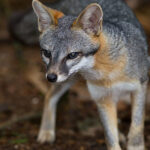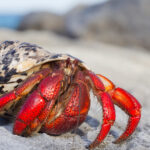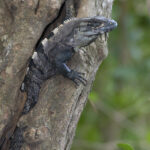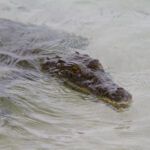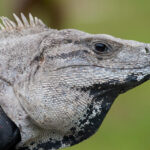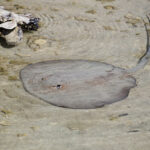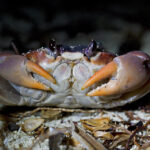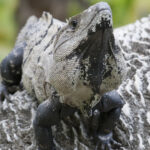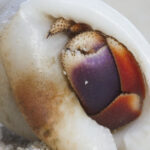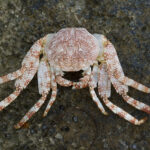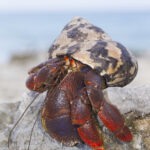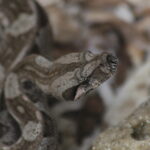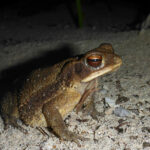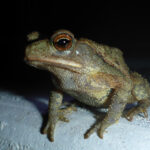The four major ecosystems that make up the reserve include the coral reef, coastal dune, mangrove and coastal lagoon system, and the tropical forest.
CORAL REEF
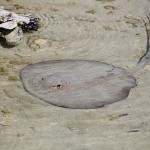 The Mesoamerican Reef system is the largest in the Western Hemisphere. Reefs function as a natural barrier to storms and hurricanes and are critical to the survival of plant and animal species. The Mesoamerican reef hosts over five hundred species of fish and more than sixty-five species of stony coral.
The Mesoamerican Reef system is the largest in the Western Hemisphere. Reefs function as a natural barrier to storms and hurricanes and are critical to the survival of plant and animal species. The Mesoamerican reef hosts over five hundred species of fish and more than sixty-five species of stony coral.
COASTAL DUNE
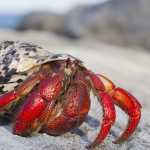 The predominant dune vegetation consists of coconut palms and Florida thatch palm (Thrinax radiata), known as ‘chit’ locally, which is native to the Caribbean region. Other notable species include sea grape (Coccoloba uvifera), scarlet cordia (Cordia sebestena) often frequented by hummingbirds and the Bananaquit, wild oregano (Avicennia germinans), and poisonwood (Metopium brownie) among others.
The predominant dune vegetation consists of coconut palms and Florida thatch palm (Thrinax radiata), known as ‘chit’ locally, which is native to the Caribbean region. Other notable species include sea grape (Coccoloba uvifera), scarlet cordia (Cordia sebestena) often frequented by hummingbirds and the Bananaquit, wild oregano (Avicennia germinans), and poisonwood (Metopium brownie) among others.
MANGROVE-COASTAL LAGOON
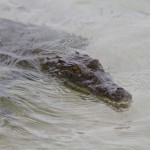 The mangrove-coastal lagoon system is one of the most biologically diverse ecosystems in the tropics, serving as a nursery for a long list of species that includes shrimp, fish, crabs, oysters, and lobster larvae, among others.
The mangrove-coastal lagoon system is one of the most biologically diverse ecosystems in the tropics, serving as a nursery for a long list of species that includes shrimp, fish, crabs, oysters, and lobster larvae, among others.
The mangrove filters impurities form the water that passes through it, and most importantly, protects the land from battering hurricanes and tropical storms.
TROPICAL FOREST
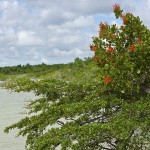 The tropical forest is located on higher land behind the mangrove system. The best example of it is located on Isla Pobre, behind Punta Pájaros. The predominate hardwood typical of the forest is the ‘chicozapote’ (Amanilkara Apota), also known as the chicle tree as the resin is used in making natural chewing gum. The ancient Maya also used the wood for lintels in their buildings.
The tropical forest is located on higher land behind the mangrove system. The best example of it is located on Isla Pobre, behind Punta Pájaros. The predominate hardwood typical of the forest is the ‘chicozapote’ (Amanilkara Apota), also known as the chicle tree as the resin is used in making natural chewing gum. The ancient Maya also used the wood for lintels in their buildings.
WATER
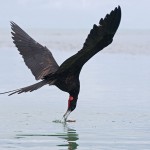 Along most of this narrow stretch of land between the Caribbean Sea and the coastal lagoon system, fresh water can be found from 12-24 feet deep. The supply is fed by rainwater, which seeps through the porous limestone and runs below the saltwater lagoons towards the sea. Fresh water emerges along the way, including off shore in the area of the reef.
Along most of this narrow stretch of land between the Caribbean Sea and the coastal lagoon system, fresh water can be found from 12-24 feet deep. The supply is fed by rainwater, which seeps through the porous limestone and runs below the saltwater lagoons towards the sea. Fresh water emerges along the way, including off shore in the area of the reef.
UNIQUE NATURAL FORMATIONS
Examples of two of the region’s unique natural formations are found in the Punta Pájaros Reserve. One is the sinkhole or ‘cenote’ as it is called locally. This is where the limestone roof of a subterranean river has caved in forming a circular basin.
The other is the hammock or ‘peren’, which refers to a hardwood forest that emerges above a surrounding savannah area. Its occurrence may have to do with wither the presence of a rocky outcropping or its nearness to a fresh water source. In either case, the slightly higher elevation in deference to the surrounding savannah is important. In the entire world, these two natural attributes are only found in the Florida Keys, Cuba and the Yucatan Peninsula.
RESERVE WILDLIFE
BIRDS
The Sian Ka’an Biosphere Reserve is home to approximately 375 of the 550 bird species registered for the Yucatan Peninsula, while the Punta Pájaros Reserve hosts many of the specialty birds of the region. These include species of Caribbean origin found only along the Quintana Roo coastline and adjoining islands, such as the Yucatan Vireo and the endemic black catbird. Among the abundance of water birds at Punta Pájaros are the fascinating bare-throated tiger heron, boat-billed heron and reddish egret.
MAMMALS
The biosphere is home to all five of the cat species found throughout Mesoamerica in addition to tapir, two species of peccary, howler and spider monkeys, tayra, and kinkajou among others.
It is quite common at Punta Pájaros to see a gray fox trotting along the sand road and deer nibbling on plants amid the coastal dune. The jungle is full of surprises as well, from raccoons and coatimundis to the fabled jaguar.
Jaguars, or balam as they are called in Maya, may weigh as much as 300 lbs., making them very imposing animals. Their population is threatened due to loss of habitat as each animal establishes territories covering approximately 15 square miles. The markings on their pelts are unique, making it possible to identify individuals.
TURTLES AND MARINE LIFE
The marine life within the reserve is rich and varied. Dolphin, Caribbean manatee, eagle rays and turtles are just a few examples. The white sand beaches at Punta Pájaros provide nesting habitat for four of the eight species of sea turtles that nest in Mexico, including the Loggerhead, Green, Hawksbill and the very rare Leatherback Turtle.
For more facts on the wildlife of Sian Ka’an, see our pdfs here:
 |
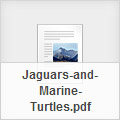 |
Birds of Punta Pajaros
Wildlife of of Punta Pajaros


